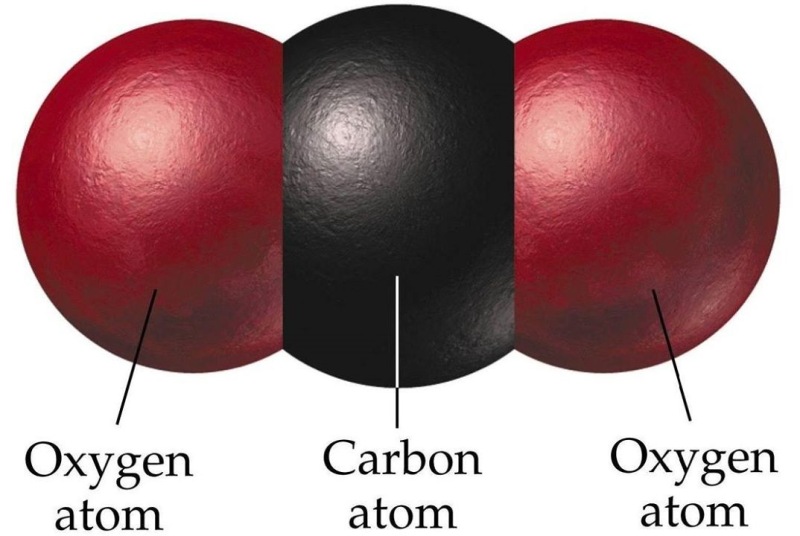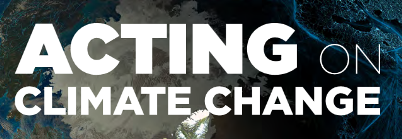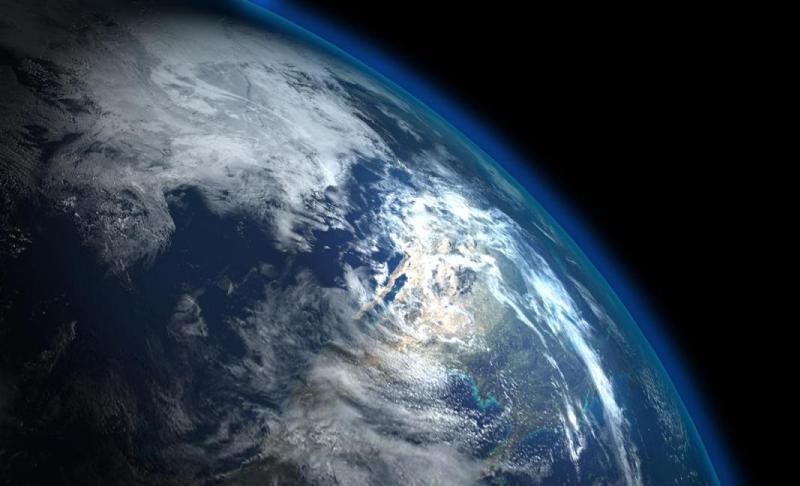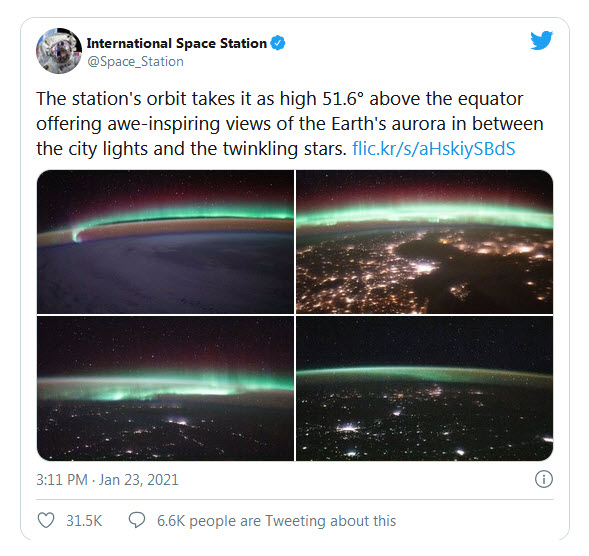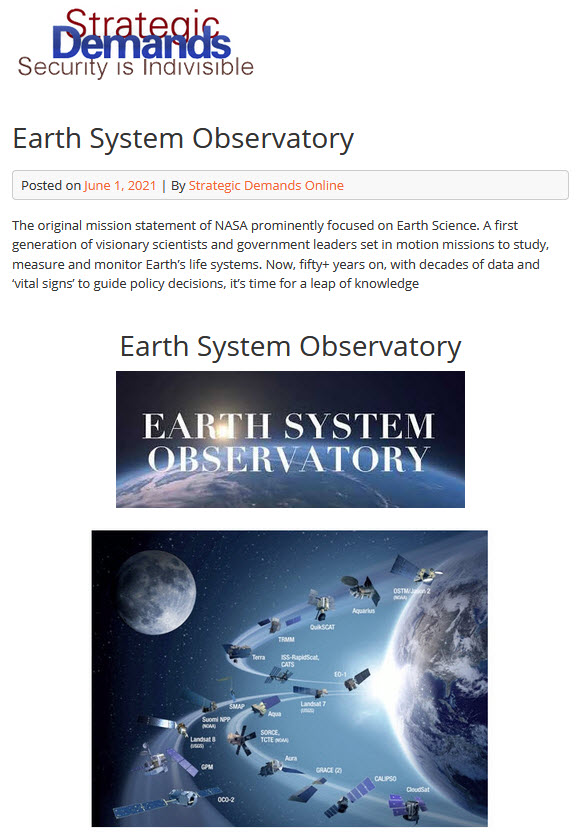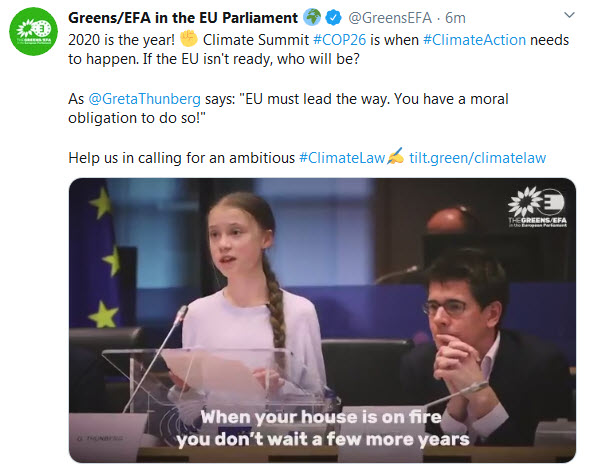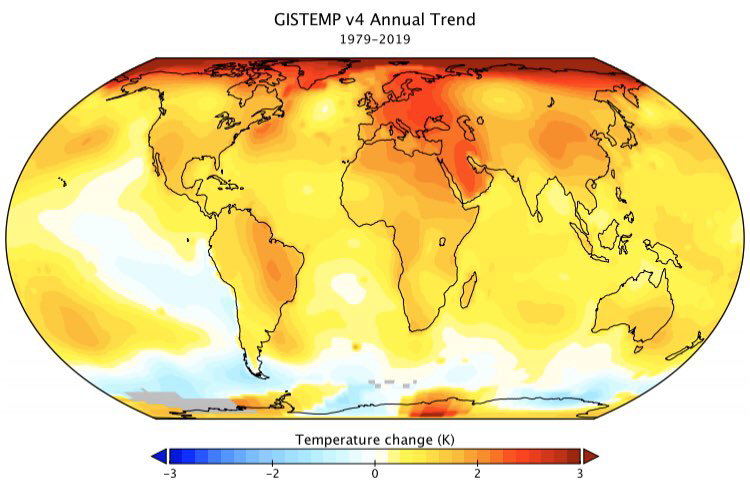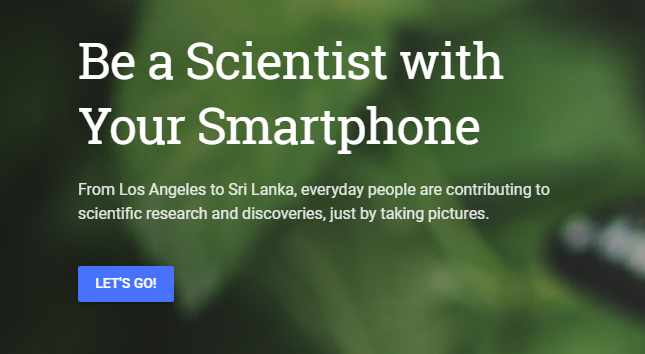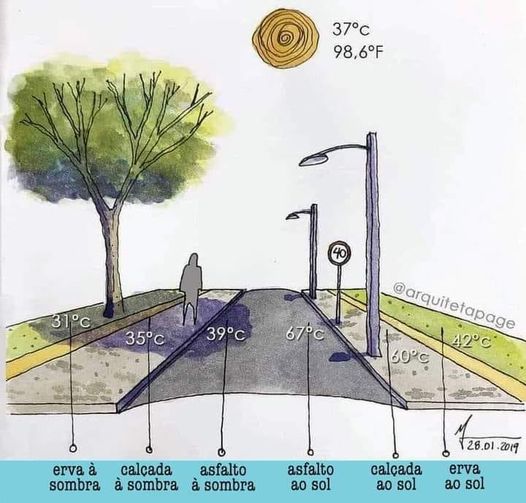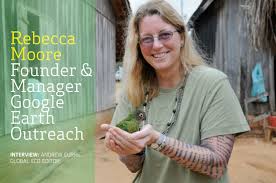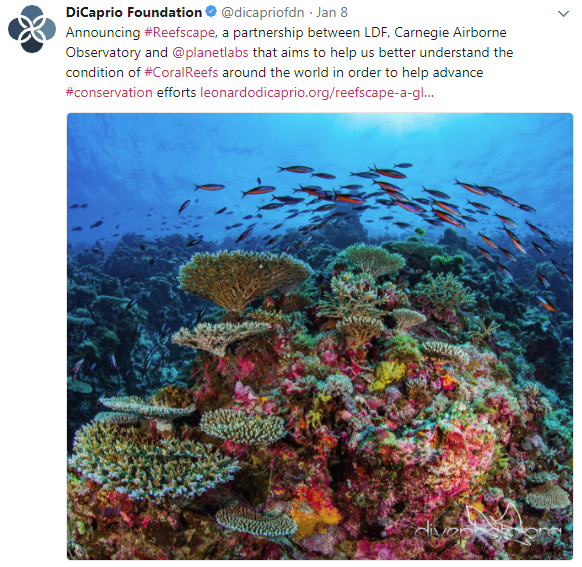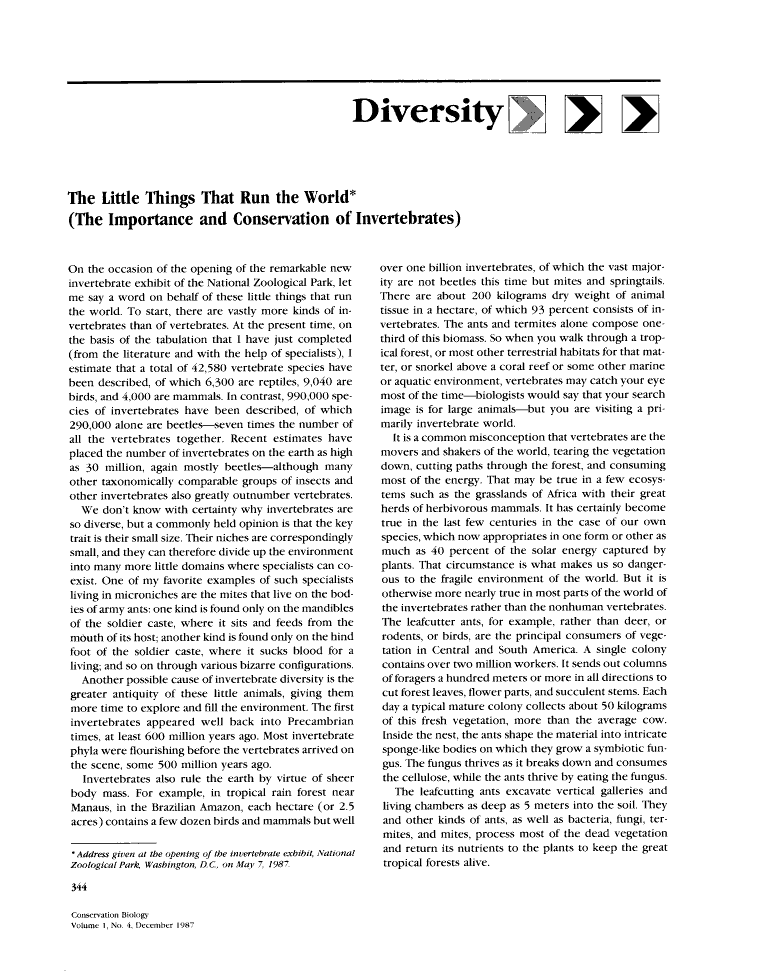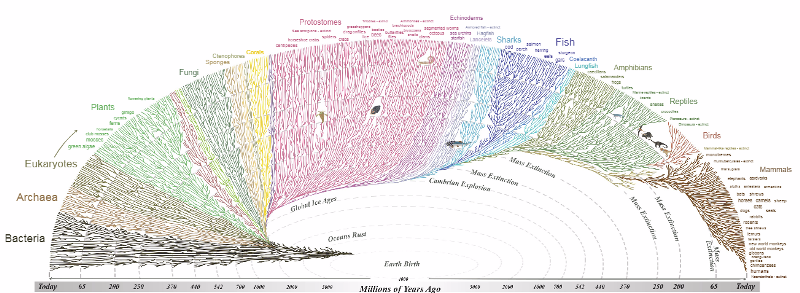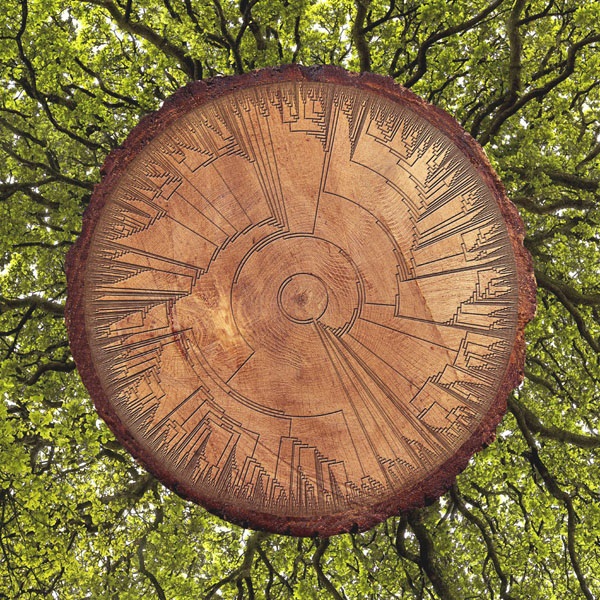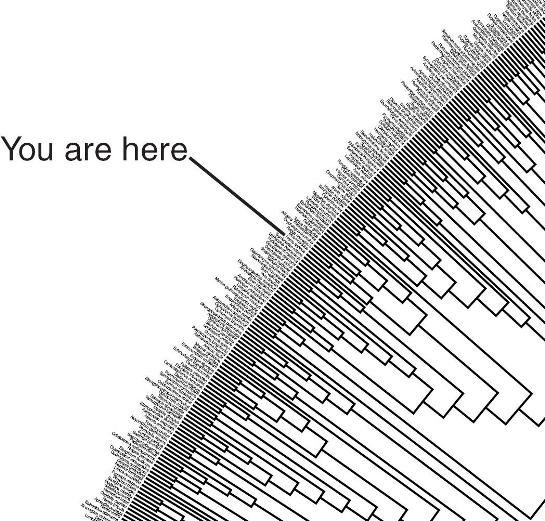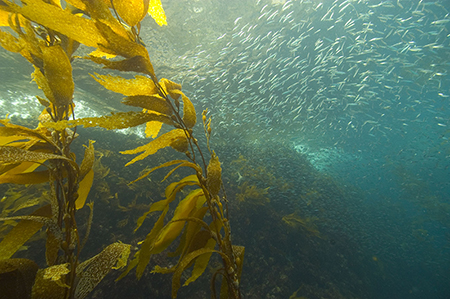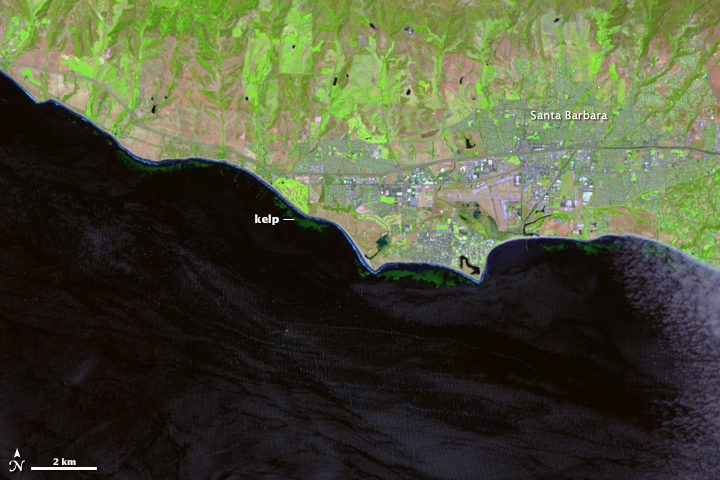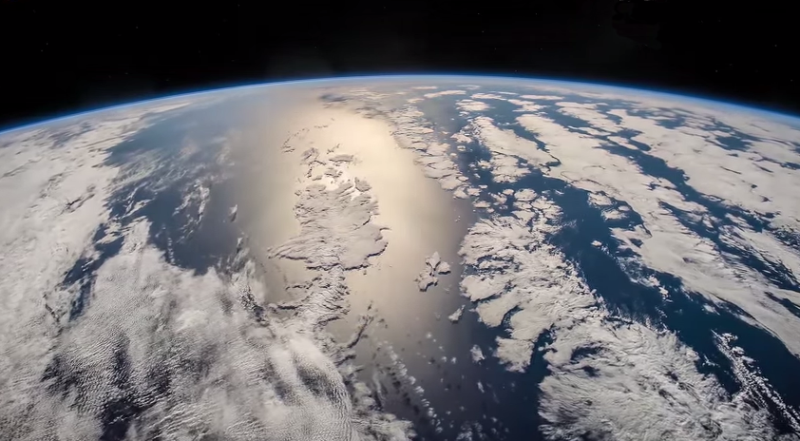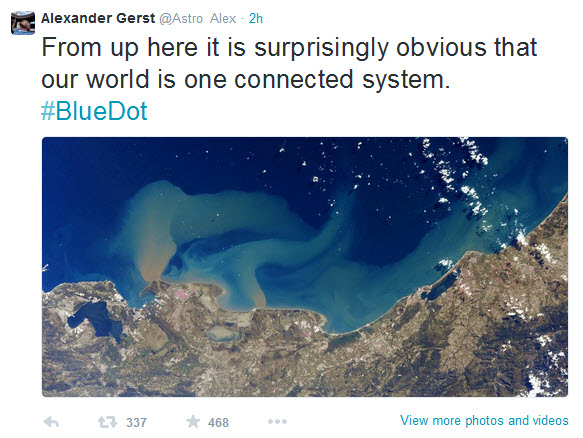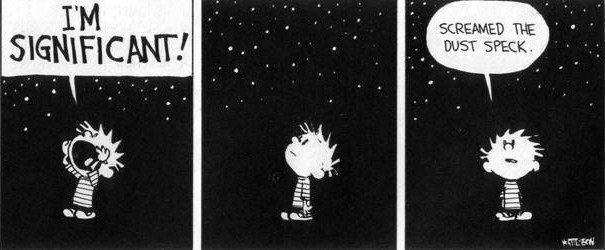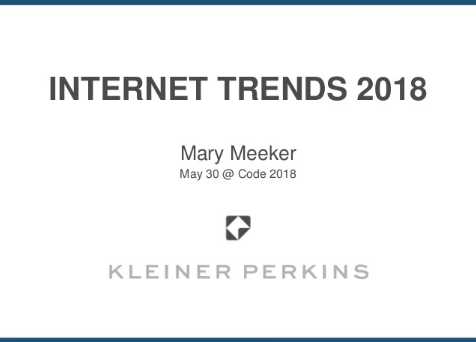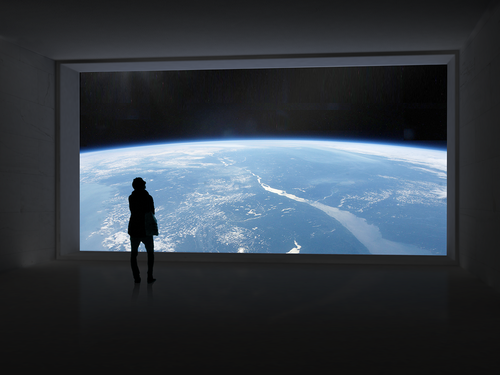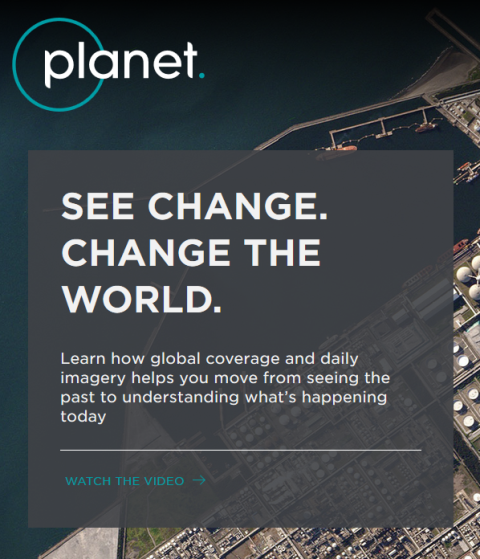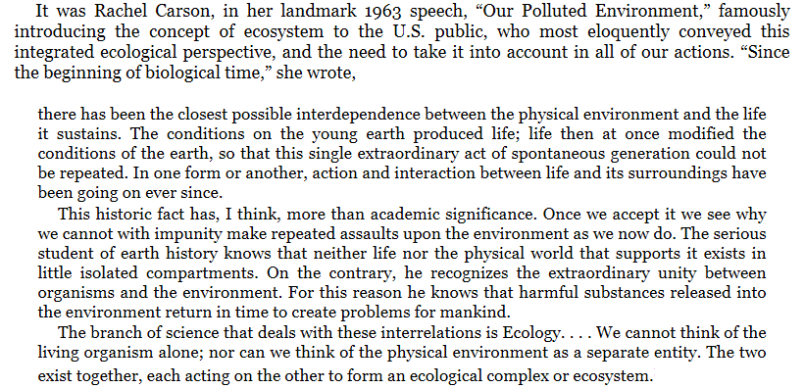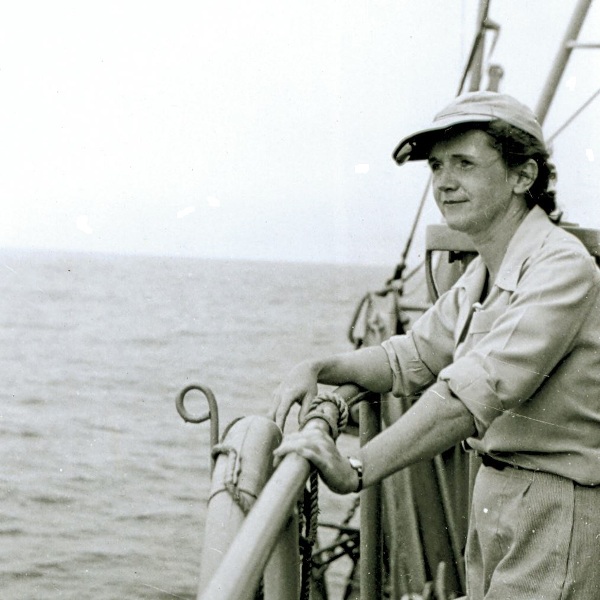Planet Citizens, Planet Scientists
··················································································································
If the Earth Warms by 3 Degrees
Watch the Video, Share the Trendlines
Science Counts, Physics of Global Warming Matters
James Hansen and Peter Cox (2006)
··················································································································
 Protecting Life on the Home Planet
Protecting Life on the Home Planet
Environmental Security, Global Security
• New Definitions of National Security
Our Earth Atmosphere: Essential for Life, Our Human Responsibility to Preserve and Protect
"Thin Blue"
- ················································································
To see our planet as this majestic blue ball floating in the blackness of space is breathtaking. It is truly the most amazing thing I've ever seen. When you see it for the first time it appears perfect. Bright and mostly blue, it's a literal island in our solar system. And make no mistake -- right now, we have no place else to go.
Too often, we forget that this remarkable and fragile place is our only home...
As an astronaut, I’m often asked about the climate, our environment, and how we are destroying the Earth. My response often surprises people. “Don’t worry about the planet, the Earth will be just fine,” I tell them. “What you need to worry about is us – all of us.”
This year has been an unequivocal disaster for the future of the planet...
-- Mark Kelly, NASA Astronaut
2021
- Earth System Observatory
- Earth Science Missions
2020
Top of the News @GreenPolicy360
Via Forbes
Attenborough is now 94, and throughout his long life, has watched the natural world wither before his eyes. He seems tired of keeping quiet about it.
The scale of the problem is so overwhelming, so gargantuan, that it can be difficult to absorb, and to communicate through a single documentary. But by framing environmental destruction through Attenborough’s eyes and unique career, A Life on Our Planet manages to humanize an issue that can often seem distant, and somewhat abstract.
Like the Lorax, who speaks for the trees, Attenborough attests to the fact that a significant amount of wildlife has been forever lost, painting a terrifying picture of a not-so-distant future in which humanity continues down the path of senseless self-destruction.
- ··········································································································
- ··········································································································
- ·········································································
Do You Know What You’re Breathing?
Study, Judge, Act: the time for Citizen Action is Now
Air Pollution Is Damaging in Our Health
AirNow / International Air Quality
World Air Quality Index / World's Air Pollution: Real-time Air Quality Index
Particulate air pollution is the single greatest threat to human health globally.
The Great Challenge: Air Pollution Impacts on Health from Childhood to Old Age
90% of people breathe dirty air... 90% .... 90%+
Millions of deaths every year due to Air Pollution
Nearly 2 billion children – about 93 percent of the world’s children under the age of 15 – breathe toxic, putrid air that’s so polluted it puts their health and well-being at serious risk, according to a report by the World Health Organization.
“Polluted air is poisoning millions of children and ruining their lives,” said Dr. Tedros Adhanom Ghebreyesus, director-general of the WHO. “This is inexcusable. Every child should be able to breathe clean air so they can grow and fulfill their full potential.”
Air pollution can affect children's cognitive ability and can also trigger asthma as well as cancer. Children who have been exposed to high levels of air pollution may be at greater risk for chronic illnesses such as cardiovascular disease later in life...
Act to measure the air pollution around you. Act to make a difference in the air you and your family breathe.
·······························································································
Be a Citizen Scientist
Assist NASA with the NeMO Earth Science Project
Using techniques originally developed to look at the stars, a team of scientists at our Ames Research Center in California’s Silicon Valley have developed a way to image corals in unprecedented detail. Now, the same team has launched a citizen science project, called NeMO-Net, to classify and assess the health of coral reefs across the globe.
Assist Local & Global Citizen Science Projects
··············································
······································
Planet Citizens in Action: "Green Best Practices"
Thank you Planet Citizen Rebecca Moore! Bioneer's vision join up with Earth Outreach, Google global mapping, planet science and community-to-community projects that make a positive difference.
········································································
Thank you Leonardo DiCaprio, Planet Citizen "Bioneer", as you join with Planet and PlanetAPI
- To gather a more comprehensive understanding of the condition of global reef ecosystems, we need a way to assess and monitor them on a large geographic scale.
- The Reefscape project aims to improve our understanding of the condition of coral reefs worldwide, while simultaneously developing spectral libraries needed to advance the development of a new satellite mission.
- New satellites, such as those from Planet (formerly Planet Labs), are, as of 2017, able to capture near-daily imagery of coral reefs worldwide. Planet’s high-resolution imagery of reef locations provides new imaging, science and understanding of the composition and extent of shallow, horizontally oriented reefs.
Earth Observations with Perspective
Begin with The 'Big Picture'
... and now nod to the small life forms, the small creatures, the "Tiny Little Ones". so often unrecognized within the bountiful "Tree of Life".
Consider 'tiny blue-green' microscopic ocean life, rarely seen, studied, or appreciated.
The 'tiny, little blue-green ones' are essential to life on earth
Did you know?
"A single kind of blue-green algae in the ocean produces the oxygen in "one of every five breaths we take".
- ~ from "The World Is Blue: How Our Fate and the Ocean’s Are One" by Sylvia Earle / National Geographic
The "Tiny Little Ones", Plankton
- Beginning points for "Ecosystems of the Sea"
- Nearly all marine plants are single-celled, photosynthetic plankton-algae
- Single-celled organisms comprise larger organisms like kelp
Kelp: "Forests of the Seas"
○ ○ ○ ○ ○ ○ ○ ○ ○ ○
August 2020
Shared by Katharine Hayhoe
Professor / Texas Tech
Our enemies seem so tiny. One is a virus unleashed from the wilderness, likely by people with mouths to feed and spread by others with planes to catch.
The second enemy is a molecule of heat-trapping gas -- methane and CO2 -- unleashed by people with mouths to feed and planes to catch.
But rising body counts and shattered economies prove that some of the smallest ingredients found in nature can explode into global emergencies thanks to human nature.
In the wars against coronavirus and the climate crisis, we have met the enemy and the enemy is us. Such is is the sentiment of virologists and climate scientists alike as they point out how much the pandemic can teach us about the fight for the survival of life on Earth.
Read more:
https://www.cnn.com/2020/08/07/weather/5-lessons-coronavirus-climate-crisis-weir-wxc/index.html
1. Science denial can be deadly
2. The search for a cure is global but your chances of survival are local
3. Individual behavior saves lives but can't fix the problem
4. Humanity is capable of fast, sweeping changes
5. In the age of "threat multipliers," the health of your body depends on the health of the planet now more than ever
○ ○ ○ ○ ○ ○ ○ ○ ○ ○
Soil, a Microbial World
○ ○ ○ ○ ○ ○ ○ ○ ○ ○ ○ ○ ○ ○ ○ ○
Life Beyond What Catches the Eye
• https://youtu.be/AjvLQJ6PIiU
• https://www.youtube.com/watch?v=Ew-6WuTo1Is
The Earth BioGenome Project aims to sequence 1.5 million genomes
• https://www.nature.com/articles/d41586-018-07279-z
“Variation is the fount of all genetic knowledge... The more variation you have the better — so why not sequence everything?”
The Earth BioGenome Project aims to sequence the genomes of the roughly 1.5 million known animal, plant, protozoan and fungal species — collectively known as eukaryotes — worldwide over the next decade. The initiative is estimated to cost US$4.7 billion, although only a small proportion of that money has been committed so far.
The project comprises more than a dozen existing sequencing projects that are focused on, for instance, specific branches of the tree of life — such as birds, insects and plants — or on the biodiversity in a particular country, such as the UK effort, officially called the Darwin Tree of Life Project.
“We don’t need one genome project to rule them all,” says Lewin. Rather, the effort’s raison d’etre, he says, is to ensure that ongoing biodiversity sequencing efforts are standardized.
○ ○ ○ ○ ○ ○ ○
We look at "floating ocean forests" as we consider connections between oceans, atmosphere-oxygen-climate, food-chains and fisheries, science and sustainability policies...
Join in as a Planet Citizen, Planet Scientist to keep the oceans healthy
Take a look at the newly launched 'Floating Forest Project'' -- http://www.floatingforests.org/
Here's the Invitation from the Floating Forest website:
Citizen scientists are recruited via the Internet and are given instructions in how to hunt for giant kelp via satellite imagery.
They (you) are then given Landsat images and asked to outline any giant kelp patches that they find.
Findings are crosschecked with those from other citizen scientists and then passed to the Floating Forest science team for verification.
The size and location of these forests are catalogued and used to study global kelp trends.
As of January 11, 2015, more than 3,400 citizen scientists had joined up to look for kelp in 328,000 Landsat images...
GreenPolicy believes this is a planetary moment to jump, do it, sign up, help out!
Put a toe in first, test the waters (the water's fine) -- it could be time to become a "planet citizen, planet scientist"
Floating Forests - Earth Observatory/NASA-Landsat
Origin of Floating Forests Project
Landsat 8 detects near-infrared wavelengths of light to spot & monitor offshore kelp forests (NASA Earth Observatory image)
○ ○ ○ ○ ○ ○ ○ ○ ○ ○ ○ ○ ○ ○
"Kelp, made up of tiny blue-green organisms, are the world’s largest marine plants. They regularly grow up to 35 meters (115 feet) tall.
We are dependent on marine algae for every breath we take.
"Breathe in. A conservative 70% of the life-sustaining oxygen in that breath came from marine algae.
Marine algae; the plant-like material of our oceans that ranges in size from the phytoplankton, to the giant kelp species that provide habitat as ocean forests.
These organisms are also attempting to scrub away the devastating impacts of our fossil fuel addiction, photosynthesizing carbon dioxide into oxygen and serving as carbon sinks.
Life on earth simply could not survive without marine algae and this conclusion is valid even without considering their role as the basis of ocean food webs..."
Floating forest of kelp - https://vimeo.com/67962861
○ ○ ○ ○ ○ ○ ○ ○ ○ ○ ○ ○ ○ ○
Help with the Kelp, Join in -- Be a Planet Citizen, Planet Scientist
Floating Forests - Earth Observatory/NASA-Landsat
Origin of Floating Forests Project / 2014
○
Overall, the production of oxygen in the oceans is at least equal to the production on land, if not a bit more. Plants on land are easy to spot. Plants in the ocean are a bit more difficult to see..
There are more than 7,000 (so far identified) different species of algae. Most live in the oceans, but they also live in fresh water and even on land. Also, algae produce about 330 billion tons of oxygen each year.
More on Algae -- an Algae database, as scientists are at a first-stage of identifying sea-life
○
After a recent meeting on connections of kelp forests and climate change, researchers Byrnes, Cavanaugh, and other colleagues set out to consolidate all of the available kelp forest data from around the world. They wanted to take a step toward understanding how climate change is affecting kelp globally, but they quickly discovered they had a sparse patchwork of information.
"Byrnes was struck with a thought. They had used Landsat to expand their studies across time, so why not use Landsat to expand their studies around the world? Could Landsat be used to establish global trends in kelp forest extent? The answer was yes, but the problem was eyeballs."
"Unlike research on terrestrial vegetation — which uses Landsat data and powerful computer processing arrays to make worldwide calculations — distinguishing kelp forests requires manual interpretation. While kelp forests pop out to the human eye in near-infrared imagery, computers looking at the data numerically can confuse kelp patches with land vegetation. Programs and coded logic that separate aquatic vegetation from land vegetation can be confounded by things like clouds, sunglint, and sea foam..."
Byrnes and Cavanaugh put together a team and joined with Zooniverse that connects professional scientists with citizen scientists in order to help analyze large amounts of data. The result was the Floating Forests project.
"People-powered Research"
GreenPolicy360 & Planet Citizens Watching over Our Home Planet
- The Silencing Science Tracker is a database initiative that tracks government attempts to restrict or prohibit scientific research, education or discussion, or the publication or use of scientific information, since the November 2016 election.
- The Climate Deregulation Tracker identifies steps taken by the Trump administration and Congress to scale back or wholly eliminate federal climate mitigation and adaptation measures. The tracker is linked to a database of climate change regulations.
It's All Related
- ·············································································································
Defending science as planet citizens
"Planet Citizen" --- Planet Citizens --- Planet Citizens, Planet Scientists
PlanetCitizen --- Planet Citizens --- Planet Citizens, Planet Scientists
·········································································
Digital Citizens, Connected, Sharing, Changing the Ways of Business and Government
Digital Rights/OpenData OpenGov
GreenLinks -- Linking to Green Best Practices
Network Earth, Planet Citizens Connected by a Global Internet
The growth of the Internet and world-wide web is connecting and 'powering up' #PlanetCitizens globally.
GreenPolicy360 ... connecting, educating, empowering planet citizens locally and globally
Networking Green Best Practices at GreenPolicy360
○ ○ ○ ○ ○ ○ ○ ○ ○ ○ ○ ○ ○ ○ ○ ○ ○ ○ ○ ○
Planet Citizen / #PlanetCitizen / Planet Citizens #PlanetCitizens
EarthPOV.com / #Earth360 / #EarthObservations / #EarthMapping
○ ○ ○ ○ ○ ○ ○ ○ ○ ○ ○ ○ ○ ○ ○ ○ ○ ○ ○ ○
Rachel Carson, Planet Citizen, Planet Scientist
○
- Additional Website Resources - Linked Data - Green Best Practices
- Air Quality
- Atmospheric Science
- Biodiversity
- Biosphere
- Citizen Science
- Clean Air
- Clean Water
- Climate Change
- Climate Policy
- Digital Citizen
- Earth360
- Earth Observations
- Earth Science
- Earth Science from Space
- Eco-nomics
- Ecology Studies
- Education
- Environmental Protection
- Environmental Security, National Security
- EOS eco Operating System
- Fisheries
- Food
- Food-Related Policies
- Forests
- Global Security
- Global Warming
- Land Ethic
- Natural Capital
- Natural Resources
- Oceans
- Ocean Ecosystem
- Ocean Science
- Planet API
- Planet Citizen
- PlanetLabs
- Planet Scientist
- Planet Citizens, Planet Scientists
- Resilience
- Soil
- Strategic Demands
- Sustainability Policies
- US Environmental Protection Agency
- Virtual Earth
- Virtual Planet
- Water Quality
- Wildlife
